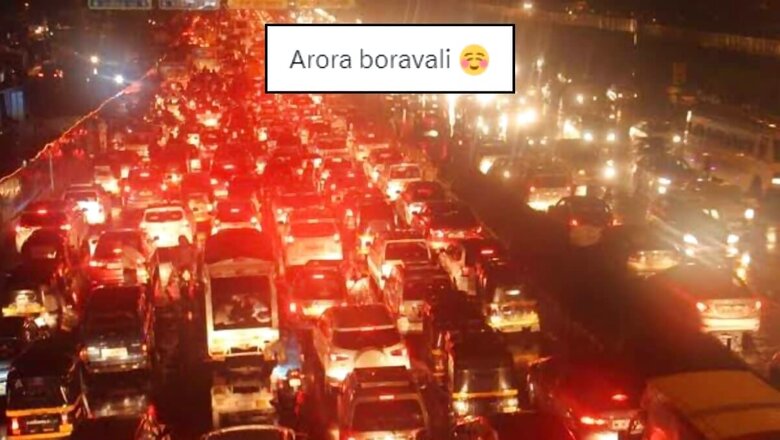
views
The United Kingdom found itself under a spell of enchantment as the skies became a captivating canvas adorned with hues of pink, purple, and green. This mesmerising display wasn’t just a treat for the eyes; it became the talk of the digital town as stunning images flooded social media feeds. Just a click on ‘X’ revealed the Northern Lights dominating Europe post a potent solar storm, a rare sight witnessed in nearly two decades. This colourful spectacle, also known as the aurora borealis, illuminated not only the UK but also parts of the US, Canada, and Australia on May 10.
Yet, Indians couldn’t help but feel the FOMO, yearning for a glimpse of this celestial marvel within their own borders. So, while folks from the US, UK, Australia, and New Zealand shared breathtaking snapshots, Indians expressed their longing in the most desi fashion – through memes. From playfully dubbing anything with a gradient as ‘their’ Northern Lights to digitally recreating the vibrant hues of the aurora in their night sky depictions, Desis showcased their knack for finding innovative ways to cope with feeling left out of the cosmic event.
Check Viral Memes Here:
northern lights on laptop screen https://t.co/01vjX9j7AU— best girl (@awkdipti) May 11, 2024
Arora boravali ☺️ pic.twitter.com/OApNQvMTPs— Sameer Sewak (@Naa_Cheese) May 11, 2024
80% of rental flats in delhi ncr have 24×7×365 aurora borealis btw pic.twitter.com/bRgXbOsIiw— dukhtar (@tamarindric3) May 12, 2024
Damn!! so glad I was able to experience Northern lights, here in Delhi. pic.twitter.com/8q9aI1mrfk— Anuj Rawat (@cavenuji) May 11, 2024
Aurora Borealis in India pic.twitter.com/ylzqJtlnxg— Shekhar Dutt (@DuttShekhar) May 11, 2024
However, amidst the shared disappointment, India still had its own cosmic moment to cherish. In the tranquil expanse of Ladakh’s Hanle Dark Sky Reserve, fortunate observers were treated to the awe-inspiring sight of an auroral red arc casting its glow upon the night canvas, a reminder of the wonders that grace our own skies.
Meanwhile, the celestial spectacle in the UK unfolded shortly after 1600 GMT on that Friday, as confirmed by the US-based National Oceanic and Atmospheric Administration’s Space Weather Prediction Center (SWPC). This mesmerising display was a result of several coronal mass ejections (CMEs), which saw the Sun expelling plasma and magnetic fields into space, igniting a cosmic dance that captured the imagination of millions around the world.


















Comments
0 comment